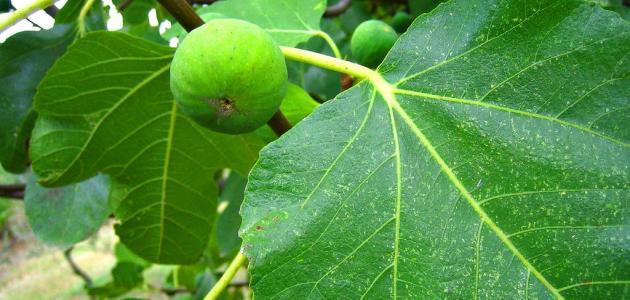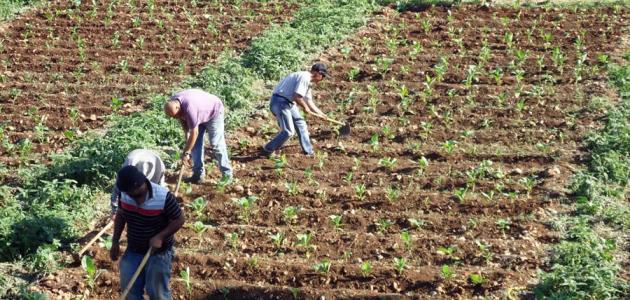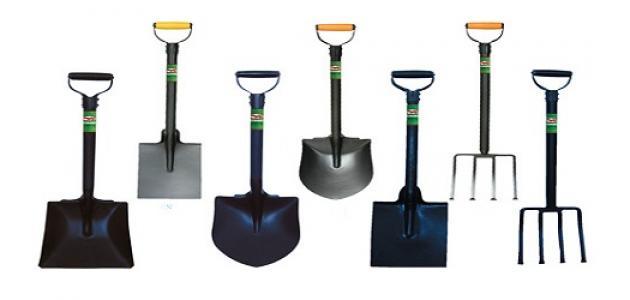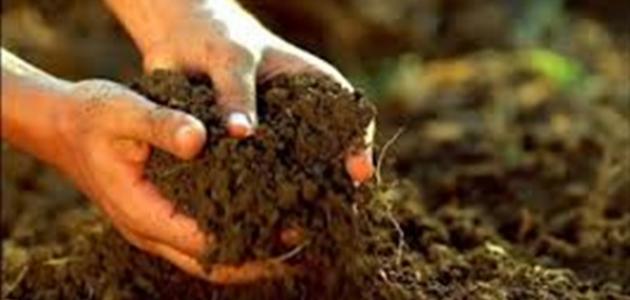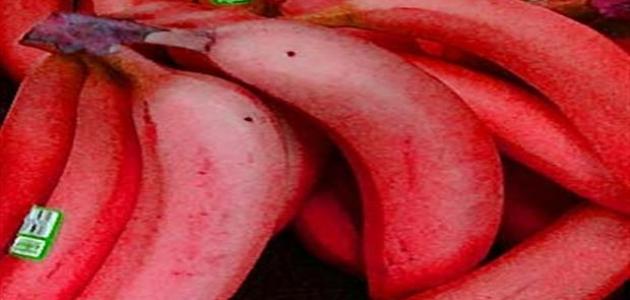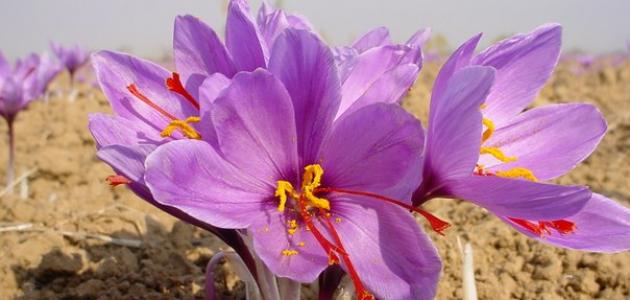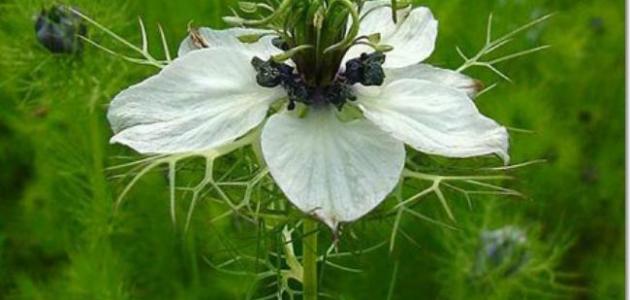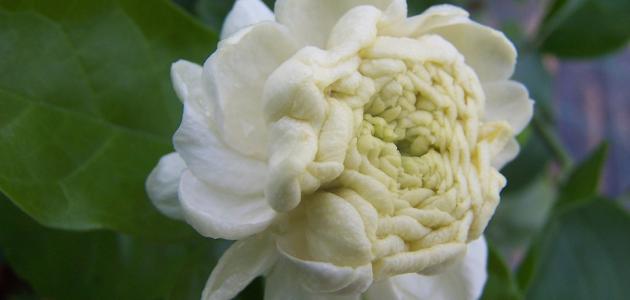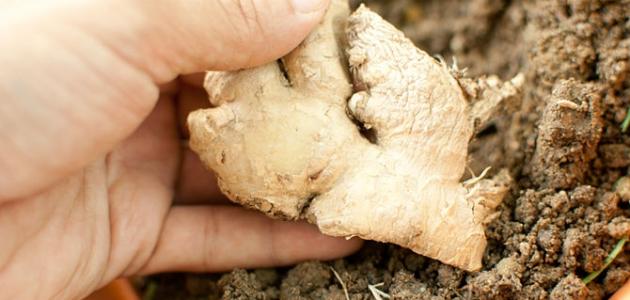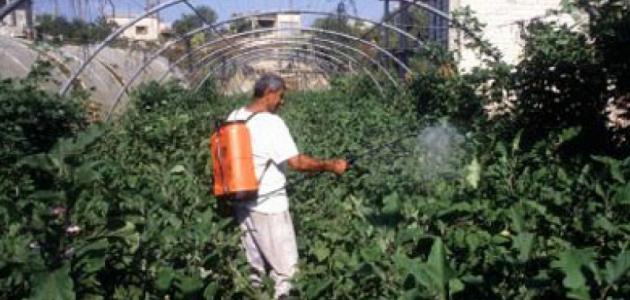winter season
Winter is the coldest month of the year; Where temperatures decrease to lower levels compared to other seasons, and the winter season, with its harsh conditions, is somewhat a vital and biological challenge for organisms that try to adapt to its cold conditions and low temperatures, in order to be able to survive, and because of these difficult weather conditions, agriculture is in the months of the season. Winter is not an easy task, but it is necessary to provide food. That is why the search was always on what is the most appropriate and best, so that vegetables and fruits are grown during this season.
The cultivation of crops during the winter season helps to improve the biological, chemical and physical quality of the soil; This is done by increasing the flow rate of organic carbon and the amount of solar energy penetrating into the depth of the soil.
The winter season is very important on the agricultural level, as most plants are seasonal; This means that each type or species of them; Whether it is vegetables or fruits, it has a certain optimal time for its cultivation; to give the desired result; The plants that are grown in the winter are called winter vegetables or winter fruits, and they are planted during the fall and winter seasons, and they ripen before the onset of spring.
Plants grown in the winter
A lot of food can be grown in the winter, as it does not need large areas or a lot of work, and it is also enjoyable as it provides healthy food and a beautiful view in the garden, and here are some plants that can be grown in the winter:
Read also:The importance of cultivation inside greenhouses- the Garlic: Garlic bulbs in nurseries are placed in the soil without dividing them, but taking into account that there is a distance between each bulb and the second estimated at approximately 10.16 cm, so garlic does not need much space and attention, and it is preferable not to water it until its buds emerge and leave it for rain to water it.
- shallots: Leeks are unaffected by the mild winter months, can be harvested at any time of the year, and are inexpensive to grow.
- Onions: It is possible to grow onion seeds or bulbs, and it is suitable for moderate soil that is not sandy or clay and rich, as well as regular watering, and the months of January and February are the most suitable for planting onions. It is worth noting that the green onions are uprooted after about six weeks of planting.
- Radish: There are several types of unrecognized radishes, such as white radish, and the process of growing radishes is easy and does not need time, and some types can be ready within a month or less from the date of cultivation.
- Lettuce: Lettuce is very similar to onions, as it is suitable for watering with plain water and growing it in rich soil. There are many types of lettuce. There are types of lettuce suitable for the cold months, and types suitable for the warm months. As for the most suitable months for its cultivation, they are the months of January and February.
- Peas: The pea seeds are buried in rich soil at a depth of 2.5-5 cm, and a long stick is placed next to it to climb and wrap the plant around. The pea sprouts must be covered with a cover that allows them to get sunlight and rain, and prevents birds from eating them. The months of November and February are the most suitable time for planting peas.
- potatoes: Potatoes are similar to peas, they are planted in February and harvested three months after planting, and they are fun to harvest depending on their type. Potatoes are grown using parts of tubers that have at least one eye, or from small whole tubers.
- Swiss chard and other green vegetables: Blanching is like an exclamation mark in a winter garden; So that the color of its stems is pink, red, or yellow, and chard grows throughout the year, and seeds are used to grow it. As for other green vegetables, such as spinach, they are also easy to grow, and most of them are suitable for low temperatures. If rich soil and cool weather are provided, they will be eaten fresh throughout the year. .
- Other plants grown in winter: Beetroot, broccoli, cabbage, carrots, herbs, petunias, and perennials are native to the region.
How to plant in the winter
To get the spring crop, we can start planting seeds in the winter, where a greenhouse is used, which is made of recycled plastic containers, as it is placed outside the house in cold and snowy weather, and thus you will not need space inside The house, where the seeds germinate when temperatures start to rise, coinciding with the onset of spring.
Read also:cultivation methodTools
The cultivation process requires a set of materials to start, as follows:
- Plastic containers or so-called winter sowing containers.
- potting soil.
- seeds.
- a pair of scissors.
- Sticky tape.
- Metal knife or drilling machine (in English: Drill).
- pencil.
- Plant labels.
Steps
To plant seeds in the winter, you must follow the following steps:
- Choosing the appropriate plastic pot for planting, and it is important that the pot be plastic and colorless, and its length and depth must also be suitable for plant growth and the amount of soil inside it.
- Start preparing the planting pot by cleaning and adjusting it if needed, for example, if it is too long, it must be cut to be able to plant in it, and holes must be opened above and below the pot, and it is preferable to use an old knife, because it must be heated for the hole, and with the passage of time it will turn black and residue will stick to it Plastic materials, or a machine can be used instead of a knife, and a sufficient amount must be pierced at the bottom of the pot to drain the water to prevent the seeds from sinking, and the lid of the pot must be removed or holes equal to the number of holes in the bottom, as these holes allow moisture and rain to enter and ventilate the pot so that its temperature does not rise .
- Put the soil inside the pot, taking into account not to use soil from the garden, and to use fresh, sterile potting soil.
- Cultivation of seeds to be planted, taking into account the selection of seeds suitable for planting in the winter.
- Write the name of the plant on the pot using sticky tape, a sticky tag or on the pot itself.
- After planting, the seeds and soil must be watered with water, making sure that the soil in the pot is all equally moist, and leaving the pot to filter the water before moving it outside.
- Cover the bowl with a tight-fitting lid, and tape can be used to help.
- Move the pot outside, taking into account the selection of the appropriate place so that it is protected from strong winds, exposed to the sun and moisture, and away from children and animals.
- Leave the pot outside until spring, when the snow can cover the pot for a few months without affecting it.
- When temperatures rise and the beginning of spring, the pot must be monitored regularly to check for seedlings, and to make sure that the temperature in the pot does not rise and the soil dries out.
It should be noted that plants planted in winter dry very quickly, so they must be taken care of, checked at least once a day, and watered if needed, and if temperatures drop, the pot should be covered with a blanket during the night.
Read also:Method of cultivating date palm seeds